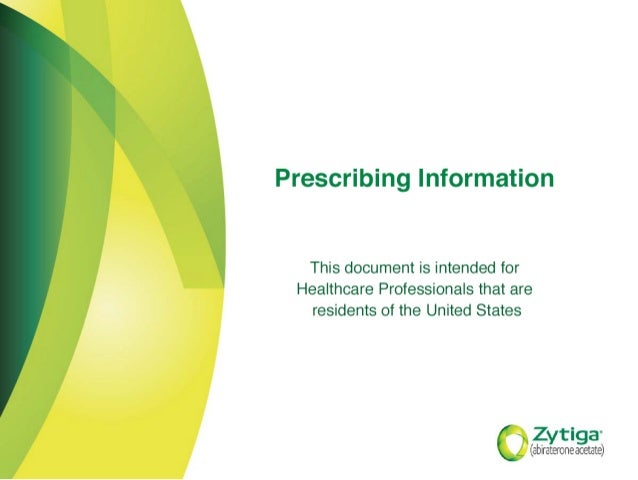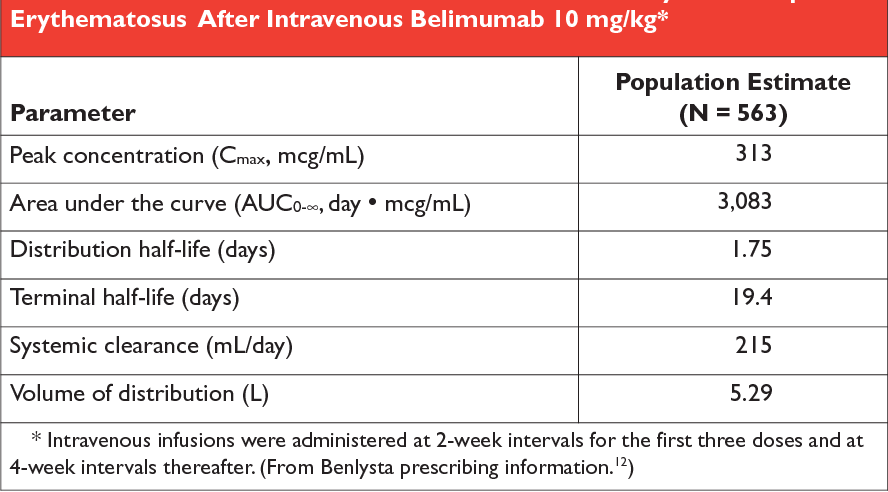


The computed tomography (CT) scan showed the previous left-sided middle cerebral artery infarction and no early signs of infarction. According to his wife, the patient took his last dabigatran dose around 6:00 pm, ≈1 hour before the start of symptoms. Neurological status showed a global aphasia, neglect to the right, and a slight brachiofacial hemiparesis pronounced in the right arm (NIHSS 11 points). He presented in our emergency department ≈2 hours and 30 minutes after symptom onset. He received a pacemaker in 2012 because of symptomatic bradyarrhythmic episodes. Arterial hypertension and diet-controlled diabetes mellitus were known relevant preexisting comorbidities. For this reason, he was started on dabigatran 110 mg BID. The suspected cause was a cardiac embolism, and the patient was diagnosed with nonvalvular atrial fibrillation. The patient had previously suffered a cardioembolic left-sided middle cerebral artery infarction in November 2013 without clinical sequelae. We are reporting on the use of idarucizumab, 7 – 11 a specific antidote for dabigatran, in a patient on effective anticoagulation with dabigatran, before intravenous thrombolysis with r-tPA for acute ischemic stroke treatment.Ī 76-year-old male patient was admitted to our hospital in early February 2016 around 9:30 pm with sudden-onset aphasia. Currently, among all oral anticoagulants, only dabigatran has a specific, rapidly acting, and approved antidote. An alternative approach could be the rapid antagonization of the anticoagulant, thereby eliminating the anticoagulant effect to allow subsequent intravenous thrombolysis with r-tPA. 2Īlthough guideline recommendations include a cutoff for international normalized ratio (INR) values (INR<1.7) in patients receiving vitamin K antagonists who may be considered for intravenous thrombolysis treatment, 1, 3, 4 there are no established cutoff values for the anticoagulant effects of each of the non–vitamin K antagonist oral anticoagulants that would allow for thrombolysis with r-tPA. This is outlined in the prescribing information for r-tPA. Especially, when recent medication history or confirmatory specific coagulation tests no longer detect clinically relevant anticoagulant activity at the time thrombolysis is started. However, even in patients receiving oral anticoagulants, there may be an indication for intravenous thrombolysis. Patients with acute ischemic stroke frequently have a history of anticoagulant use, such as for stroke prevention in atrial fibrillation however, treatment with intravenous recombinant tissue-type plasminogen activator (r-tPA) in these patients remains controversial. Customer Service and Ordering Information.Stroke: Vascular and Interventional Neurology.Journal of the American Heart Association (JAHA).Circ: Cardiovascular Quality & Outcomes.Arteriosclerosis, Thrombosis, and Vascular Biology (ATVB).


 0 kommentar(er)
0 kommentar(er)
